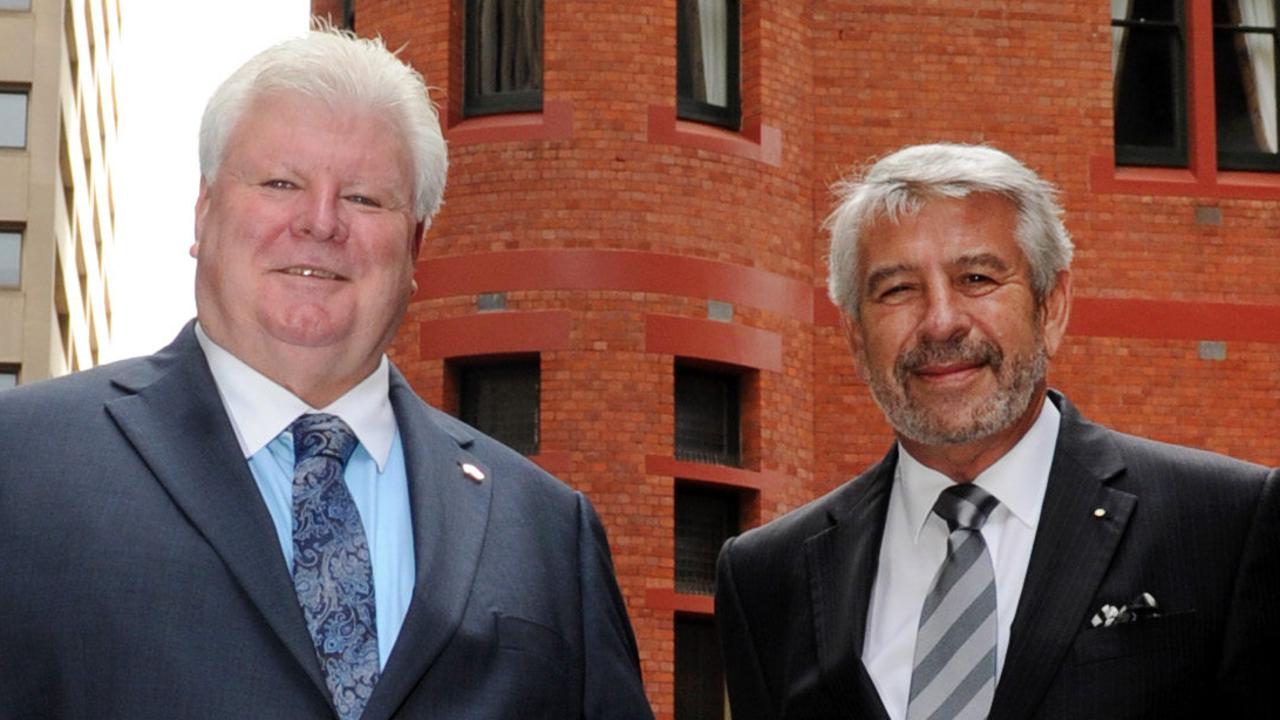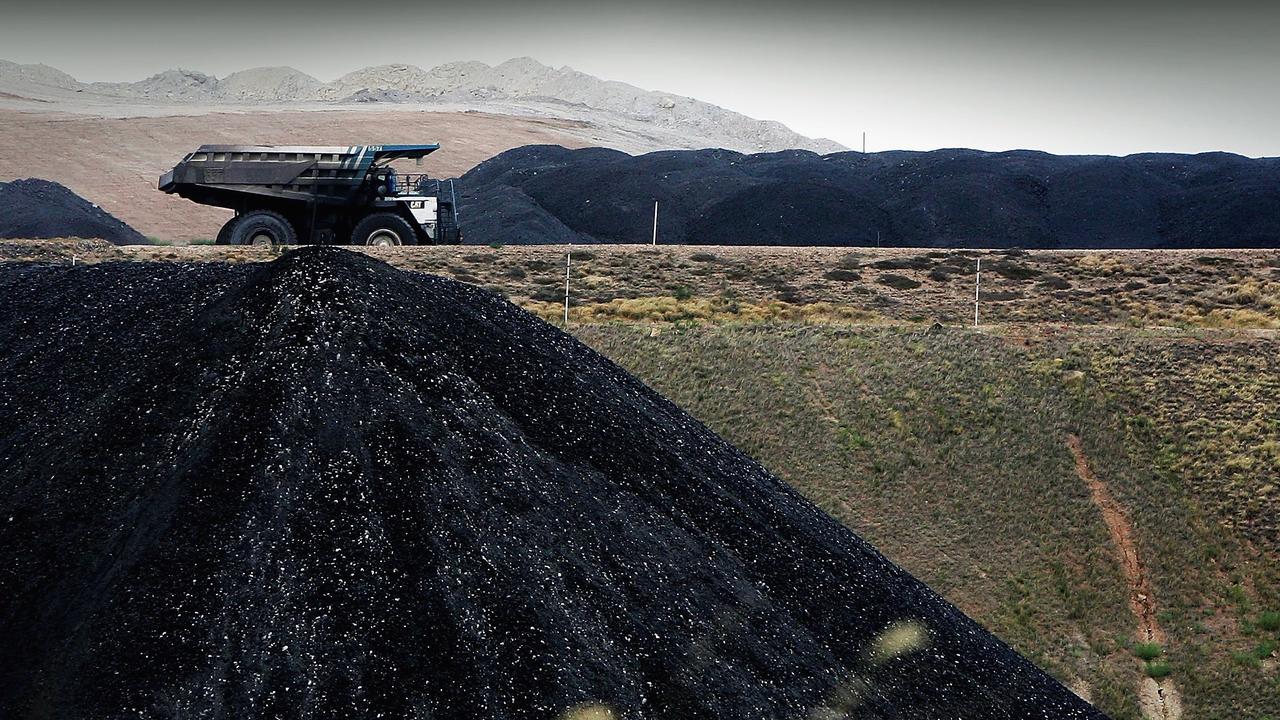Silicon Valley faces wrath from China amid Donald Trump’s tariffs war
The fallout from Donald Trump’s tariffs is set to continue, with tech giants and Wall Street in the firing line. There are also changes in Europe which is rekindling Chinese President Xi Jinping’s dream.
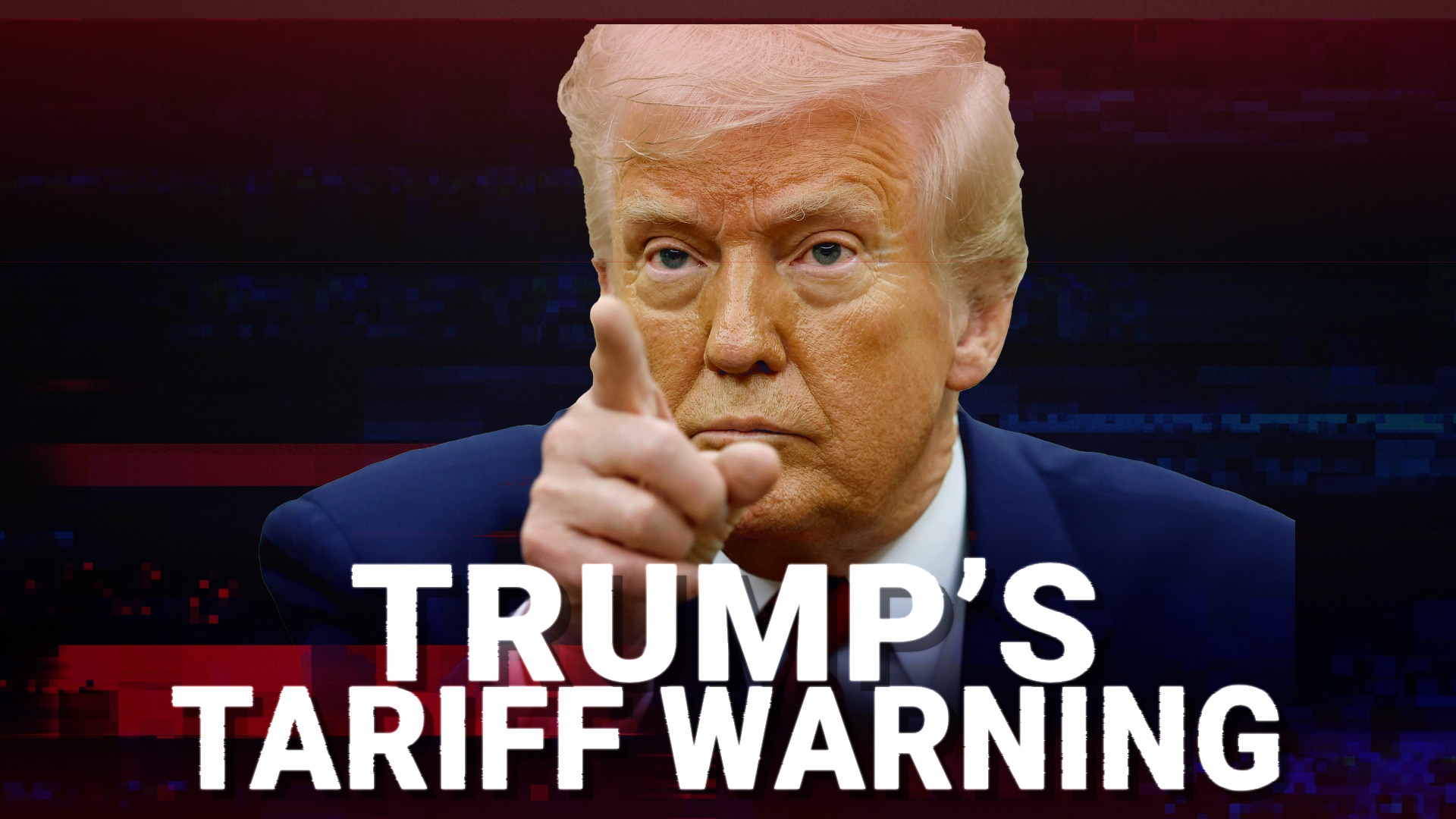
Business
Don't miss out on the headlines from Business. Followed categories will be added to My News.
The US tariff gymnastics are driving fundamental global change. On Monday, I looked at the looming reduction in US dollar dominance and the implications of China selling US bonds.
But there is an even greater change ahead – a technology transformation which goes to the heart of the US stockmarket, plus a changed face of Europe which is rekindling a Xi Jinping dream. What began as a sanctions war has evolved into something Washington never planned – a technological divergence.
The top five US tech firms – Apple, Microsoft, Nvidia, Amazon and Alphabet – account for over $US12 trillion in market capitalisations, but their valuations are tethered to the long-term dominance of silicon-based architectures. Those architectures are about to be challenged by China, with potential long term US share market implications.
When President Biden in 2022 began imposing a series of restrictions and regulations to prevent China from accessing advanced semiconductors and other critical technologies, he believed he was maintaining the long-term dominance of US technology.
It backfired. China quietly reclassified photonic and neuromorphic chips as national strategic assets. Photonic chips, which use photons instead of electrons, transmit data at light speed with virtually no heat loss – a leap that could reduce current artificial intelligence electricity usage substantially.
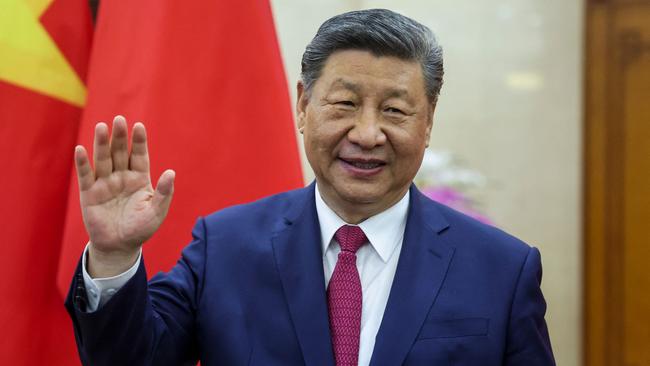
While the US Department of Energy spent just $US147m on photonics in 2024, China’s National Natural Science Foundation allocated $US1.3bn, spanning 17 university programs and eight start-up grants, mostly aimed at new two-dimensional photon-based systems.
Between 2020 and 2024, China’s municipal governments issued more than 920 semiconductor-related grants totalling $US19.4bn, with over 60 per cent directed towards university commercial tech transfer programs.
China is also building a supply chain for a world where silicon is no longer king. For example, an essential component in the new technology isgraphene. China’s graphite imports from Mozambique have surged 67 per cent as part of a deliberate vertical integration of materials required for two-dimensional semiconductors. While US firms treat two-dimensional semiconductors as a lab curiosity, China’s universities are prototyping them as production alternatives.
And so as the US doubles down on silicon with subsidies and control, China is quietly rewriting the playbook with photons and a decentralised network of experimental labs
The risk for the sharemarket is that US industry remains focused on optimising the margins of silicon architectures, while silicon’s physics is nearing a wall. Meanwhile, China is betting on light (photons) to blast right through that wall.
The US tariffs and restrictions have created the need for speed, so China has turned public infrastructure into a chip acceleration pipeline. China’s approach is decentralised, experimental and fast. Incredibly, the Marxist nation believes agility is what mass production now demands.
That’s a reminder of the early days of Silicon Valley.
In 18 to 24 months many US start-ups will face funding gaps, While IBM’s 2D chip pilot program in Albany has stalled amid delays in clean room reconfiguration and supply issues.
.
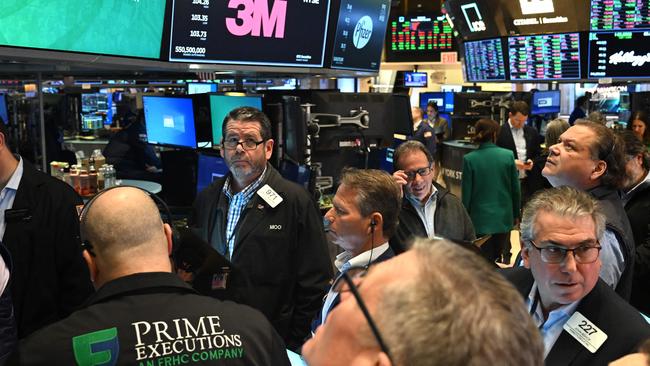
China is no longer playing catch-up but is building its own closed ecosystem, and if that ecosystem scales without US software equipment or financial dependencies then the global semiconductor order will fracture.
Europe is having its own revolution. Donald Trump has been in power less than three months, but dislike of his tariff policies and treatment of Ukraine is starting to unite Europe in a way that its founders once dreamt of.
The major countries in Europe would love to replace the US in defending Ukraine but don’t have the defence capacity. But defence spending has now become a priority, and Europe defence stocks are rising.
A number of European countries are looking at cancelling their orders for the JSF F-35 planes built by Lockheed Martin. Purchasing the troubled aircraft was a requirement of the US alliance. There are much better aircraft available, including those being made by China. At the 2017 Ninetieth National Congress of the Chinese Communist Party, Xi was ranked with Mao Tse-Tung and Deng Xiaoping in the party’s constitution. The Belt and Road infrastructure project was also incorporated into the Xi praise document.
Belt and Road aims to connect Asia, Europe, the Middle East and Africa with a vast logistics and transport and Chinese currency network. In time, it may embrace photon technology.
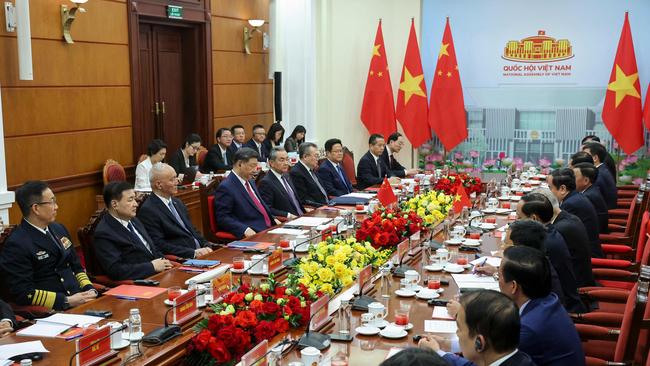
The centrepiece of the project was the massive, 9000km fast-train linking the Pacific and Atlantic oceans. A fast train line has already been completed between China’s Pacific coast and Xian. But a fast train journey from Xian to Brussels or other European ports must pass through Kazakhstan, Russia and Ukraine.
If the Trump peace negotiations fail, Xi will come up with his own proposal which will take advantage of European anger with the US and Putin’s dependence on China. The Ukraine rare earths will help Europe – not the US – but remain in the China’s net.
More Coverage
Originally published as Silicon Valley faces wrath from China amid Donald Trump’s tariffs war




